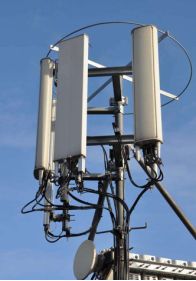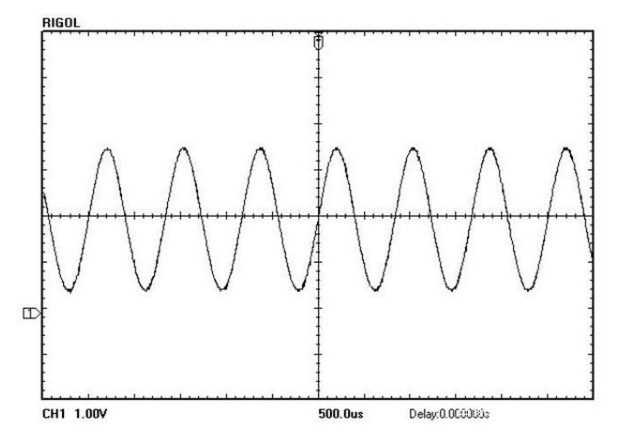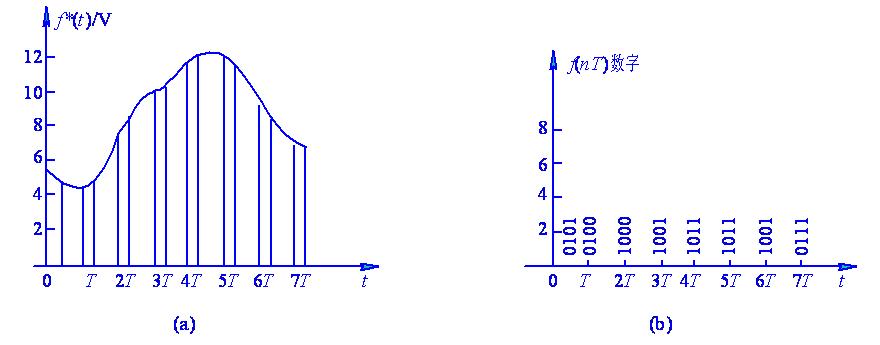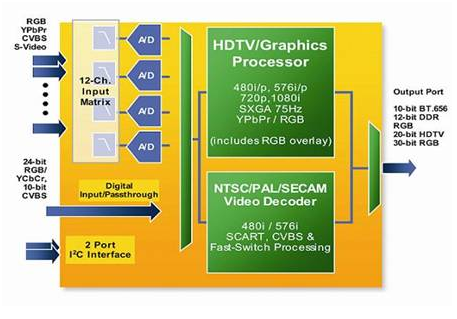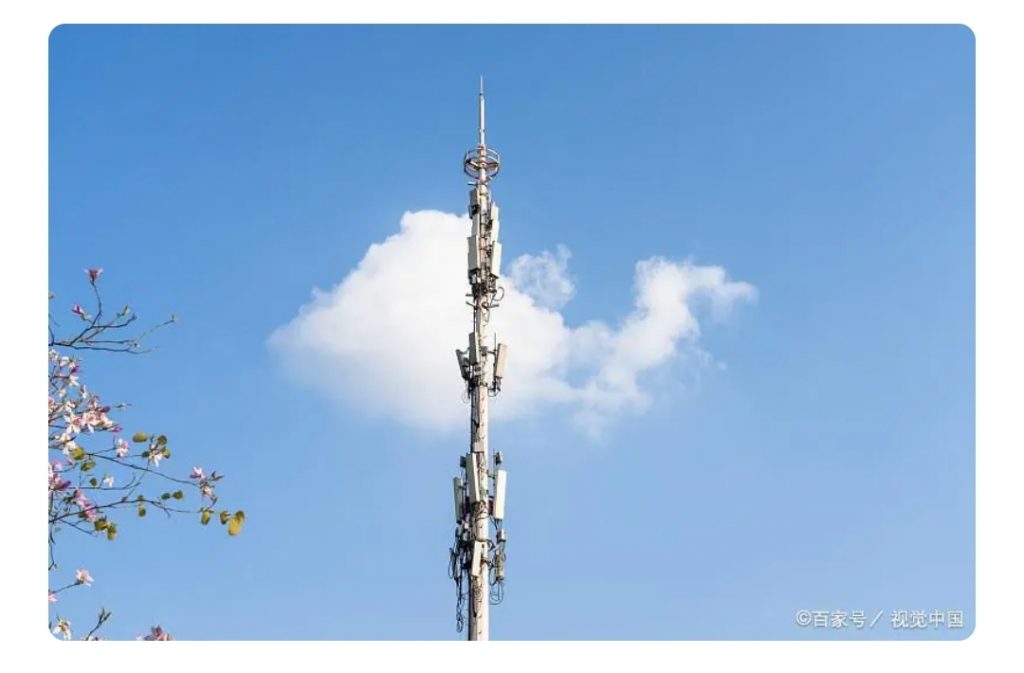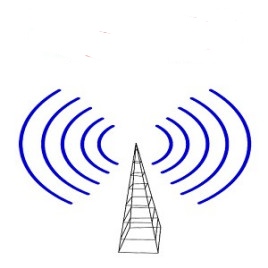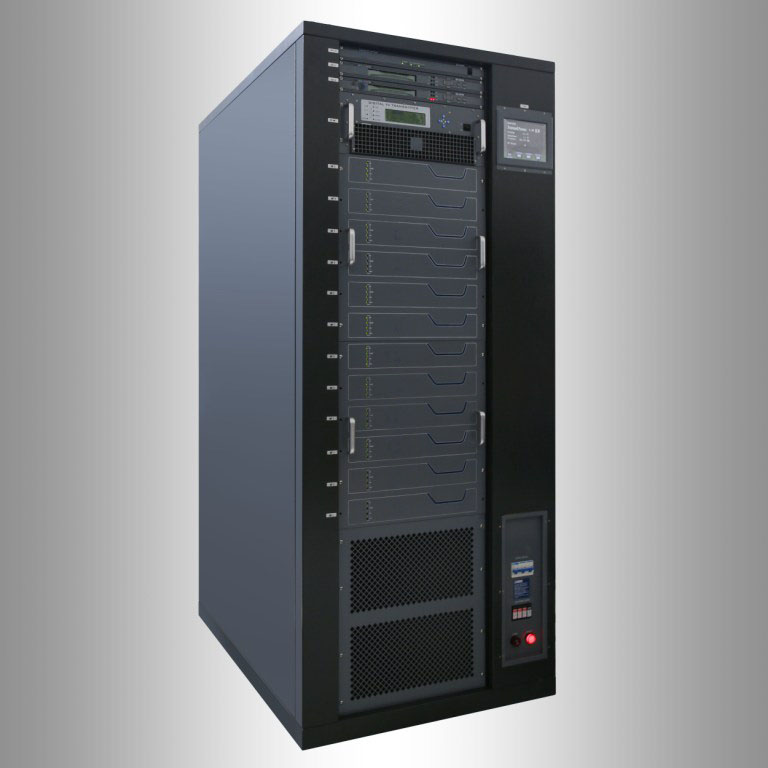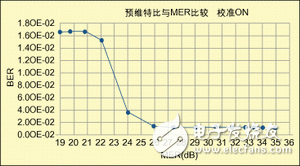There is a big difference between analog and digital signals. The analog signal uses a continuously changing value to represent the information to be explained; the digital signal uses a limited number of “0” and “1” codes to represent a certain character in the information. When many characters are combined, the complete information can be expressed. .
Analog Data is a continuously changing value collected by sensors, such as temperature, pressure, and currently sound and images in telephone, radio, and television broadcasts. Digital data (Digital Data) is the discrete value obtained after quantization of analog data, such as character, graphics, audio and video data represented by binary code in the computer. At present, the American Standard Code for Information Interchange (ASCII) has been adopted by the ISO International Organization for Standardization and the CCITT International Telegraph and Telephone Advisory Committee, and has become an international standard code for information exchange. It uses 7-digit binary numbers to represent an English Letters, numbers, punctuation or control symbols; graphics, audio and video data can each be encoded in a variety of formats.

Analog signal and digital signal
(1) Analog signal and digital signal
Different data must be converted into corresponding signals for transmission: analog data generally uses analog signals (Analog Signal), for example, a series of continuously changing electromagnetic waves (such as electromagnetic waves in radio and television broadcasting), or voltage signals (such as telephone transmission The audio voltage signal in the computer) to represent; digital data is represented by a digital signal (Digital Signal), for example, a series of intermittently changing voltage pulses (for example, we can use a constant positive voltage to represent binary number 1, and a constant negative voltage to represent binary number 0), or light pulses to represent. When an analog signal is represented by a continuously changing electromagnetic wave, the electromagnetic wave itself is both a signal carrier and a transmission medium; and when an analog signal is represented by a continuously changing signal voltage, it is generally transmitted through a traditional analog signal transmission line (such as a telephone network). , cable TV network) to transmit. When digital signals are represented by intermittently changing voltages or light pulses, it is generally necessary to use twisted-pair wires, cables, or optical fiber media to connect the communication parties to transmit signals from one node to another.
(2) Mutual conversion between analog signal and digital signal
Analog signals and digital signals can be converted to each other: analog signals are generally quantized into digital signals by PCM pulse code modulation (Pulse Code Modulation), that is, different amplitudes of analog signals correspond to different binary values. For example, 8-bit encoding can Quantize the analog signal to 2^8=256 magnitudes, and usually use 24-bit or 30-bit encoding in practice; digital signals are generally converted into analog signals by phase-shifting the carrier. Computers, computer local area networks, and metropolitan area networks all use binary digital signals. At present, what is actually transmitted in the computer wide area network is both binary digital signals and analog signals converted from digital signals. But what is more promising is the digital signal.
The two brothers of the signal family
A signal is a tool for carrying messages and a carrier of messages. In a broad sense, it includes optical signals, acoustic signals and electrical signals, etc. For example, the ancients used the billowing smoke generated by lighting the beacon tower to send the news of the enemy’s invasion to the distant army. This is a light signal; when we speak, the sound waves are transmitted to the ears of others, so that others understand our intentions. Signal; all kinds of radio waves traveling in space, the current in the telephone network extending in all directions, etc., can be used to express various messages to distant places. This is an electrical signal. People know the message that the other party wants to express by receiving light, sound, and electrical signals.
In the big family of signals, there are two brothers that are particularly eye-catching, namely “analog” and “digital”.
What is “simulation”?
“Analog” is the elder brother of “digital”.
“Simulation” is an expression of the entity in which we live.
For example, if you are reading a book, black and white words come into your eyes, and there will be a reaction in your brain. You know something from the book. We say that the words printed on paper are a kind of “simulation”. Similarly, a phone number you jot down on paper with a pen, or a poem you write down, or an ancient inscription carved into a stone, are all “simulations.” In addition to text, we can also see many “simulated” things in life, such as a landscape painting, or you see and hear children’s songs and laughter on the screen of a TV or a movie theater, you I heard my friend’s voice on the phone.
“Simulation” requires a carrier or a storage medium for information, such as a piece of white paper, or a box of film.
“Simulation” requires tools. For example, if you have a TV, the fluorescent screen and speakers of the TV are all analog devices.
“Analog” needs a way of transmission. For example, you can talk to a friend who is more than ten meters away, but if your friend is hundreds of kilometers away, you have to need a telephone. The telephone network transmits your voice through “analog signal”. to hundreds of kilometers or even thousands of kilometers away.
What is a “number”?
Similar to “analog”, numbers are also a way of expressing the entities in our lives.
You can write down a phone number on paper with a pen, or you can enter the phone number into your computer memory; you can read a printed book, or you can read an electronic publication stored on a CD-ROM; You can listen to music on the radio or you can listen to a music compact disc (CD).
The smallest measurement unit of digital information is called “bit”, sometimes also called “bit”, which means one bit in binary. Signals transmitted across media are bits that make up your data electronically.
The definition of a bit is: a bit is a state of existence: on or off, true or false, up or down, in or out, black or white. For practical purposes, we think of bits as 1 or 0.
It should be said that this definition is quite accurate, but a person with little knowledge of computers and English still does not understand what a “bit” is.
“Bit” is a transliteration of the English word bit. The word bit is compressed from the words binary (binary) and digit (number), so bit is “binary number”, that is, 0 and 1. “Digital age” exactly means “binary digital age” or “bit age.” So what do these 0s and 1s mean? Let’s start with a simple example.
When using a computer, we can adjust the display graphics through some knobs located at the bottom of the monitor according to our needs and preferences. Under these knobs, center (centering), size (size), and brightness (brightness) are written respectively. , contrast (contrast). These adjustments all have a certain adjustable range, and we may arbitrarily choose which kind of centering degree, size, etc. within this range. In addition to these knobs, there is another “organ” that is not like this. The two sides of this mechanism are written with 0 and 1 respectively. This is the switch for the display. It has no adjustment range, through which we can only choose between two states: open (on) and close (off). The brightness and contrast of the display screen have two poles, and the “value” between these two poles is multi-valued. The period of the switch has only two values, its two poles. The “advance” of the “base” is the “value” contained in the cycle. For example, a “decimal” number means that a change cycle contains ten “value” numbers. By the same token, a binary number is a number that contains two values in a period of change. What kind of “base” do we use to count the state of existence of a thing? On the surface, it depends on how much the “value” of the state of the thing is measured. In fact, the “base” has no necessary and unique relationship with the state value of things. . In fact, the computer can use the two numbers 0 and 1 to represent or “translate” the “value” of the multi-ary state. Number is abstract, but the concept of number originates from people’s concrete sensory experience. We are used to the decimal system of counting. When a person says “there are 12 months in a year,” he may feel that the number “12” is the only correct way to express the number of months in a year. Furthermore, he may think that numbers and the quantity of things are equally objective-in addition to saying that there are 12 months in a year, how many months can you say in a year?
This is a specious view of the nature of numbers. Taken to the extreme, there can be many different “answers” to the question “how many months are there in a year”. It may sound absurd to say so, but it is not so upon closer inspection. When we use different bases to express the quantity of things, we can give different “answers” to the quantity of things, and these “answers” are all correct. For example, it can be said that a person is 65 years old, or he is 01000001 years old. It’s just that the latter statement sounds rather awkward to us, because we have long been accustomed to expressing quantities with decimal numbers. If “hexadecimal” numbers are used (it seems that no nation in the world has adopted numbers in this base system), then it can be said that there are two “six” months in a year. If crabs ever evolve to a level close to that of humans, they are likely to use “octal numbers” to count, so in their view, there are one “eight” and four months in a year.
This is not entirely a joke. I just want to show that “numbers” are not as “objective” as we usually think. In the final analysis, it is a subjective image of the quantity of objective things.
In addition to “bit” (bit), we often encounter several units of measurement of digital information. A byte is a more abstract or advanced unit of measurement than a “bit”. Generally speaking, a byte has 8 bits, that is, 8 bits. There are also three abbreviations, “K”, “M” and “G”. 1K=1024, we usually call it “thousand” in Chinese; 1M=1024×1K, we usually call it “mega” in Chinese; 1G=1024×1M, we usually call it “gigabit” or “lucky”.
Bits (bits) are usually used in the case of data transmission on the network. For example, we generally say that this telephone line can transmit a binary stream of 9600 bits per second, not 1200 bytes. Bytes are usually used in data storage systems. For example, if the file size is 2M, it refers to bytes instead of bits. For example, a 1.44M floppy disk or a 20G hard disk also refers to bytes.
